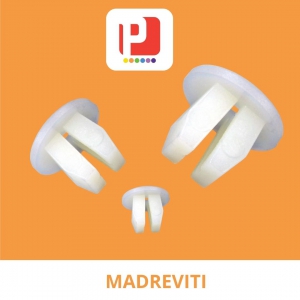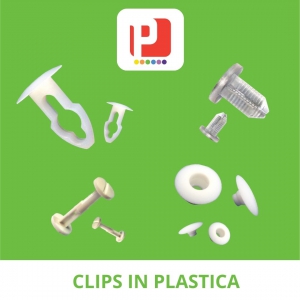ASSEMBLY AND ITS “KEY ELEMENTS”
Today, let’s talk about the complex set of operations necessary to join various pre-made parts of a device, artifact, machinery, etc., in order to obtain a finished and operational product: the ASSEMBLY.
The specific nature of this term, of course, depends on the context in which it is used. In a figurative sense, it generally indicates the process, even if only mental, by which different elements are joined and fused to obtain a composition or a global result.
In practical terms, the most common interpretations of the term are related to the assembly of multiple items used in our daily lives, such as computers, hardware or software, electrical circuits, automobiles, appliances, furniture, and many others.
Our products in this field, in a more practical sense, play a crucial role.
Although plastic small parts are still less commonly used today compared to the classic metal ones, there are sectors where the use of plastic materials is essential.
Features such as lightness and flexibility, electrical insulation, and corrosion resistance are essential characteristics for sectors such as electronics, automotive, aerospace, engineering, etc.
The use of these small plastic components has led to a significant transformation in production processes concerning timelines and final results.
Among the undisputed protagonists related to the topic, we have fasteners, rivets, clips, and grommet nuts available in various shapes, colors, and sizes to adapt to the various needs of assembly.
As with any fastening component, it is important to select the type and size based on the application’s specifications, including the materials to be joined and load requirements.
These small plastic hardware elements, often underestimated, instead play a fundamental role in the functionality of countless elements and, in some sectors, such as furniture, nautical or modeling, they have also taken on an aesthetic value.
In conclusion, we could emphasize that a careful selection of materials to be used, combined with an analysis of application-related specifications and relevant strength checks, are elements to consider to improve production efficiency and ensure accurate and reliable assembly, and why not, also a finished product of quality!







